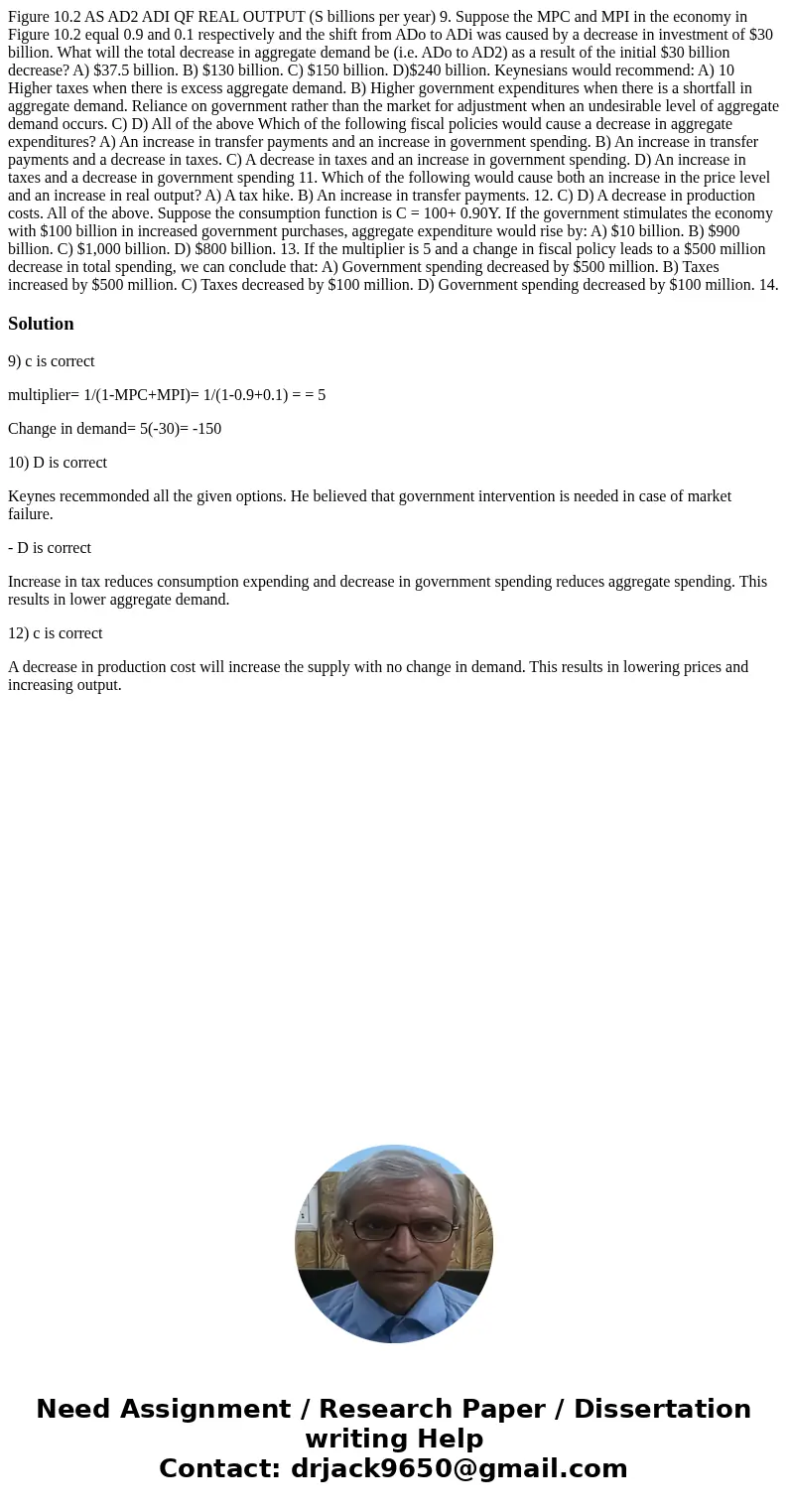Figure 102 AS AD2 ADI QF REAL OUTPUT S billions per year 9 S
Figure 10.2 AS AD2 ADI QF REAL OUTPUT (S billions per year) 9. Suppose the MPC and MPI in the economy in Figure 10.2 equal 0.9 and 0.1 respectively and the shift from ADo to ADi was caused by a decrease in investment of $30 billion. What will the total decrease in aggregate demand be (i.e. ADo to AD2) as a result of the initial $30 billion decrease? A) $37.5 billion. B) $130 billion. C) $150 billion. D)$240 billion. Keynesians would recommend: A) 10 Higher taxes when there is excess aggregate demand. B) Higher government expenditures when there is a shortfall in aggregate demand. Reliance on government rather than the market for adjustment when an undesirable level of aggregate demand occurs. C) D) All of the above Which of the following fiscal policies would cause a decrease in aggregate expenditures? A) An increase in transfer payments and an increase in government spending. B) An increase in transfer payments and a decrease in taxes. C) A decrease in taxes and an increase in government spending. D) An increase in taxes and a decrease in government spending 11. Which of the following would cause both an increase in the price level and an increase in real output? A) A tax hike. B) An increase in transfer payments. 12. C) D) A decrease in production costs. All of the above. Suppose the consumption function is C = 100+ 0.90Y. If the government stimulates the economy with $100 billion in increased government purchases, aggregate expenditure would rise by: A) $10 billion. B) $900 billion. C) $1,000 billion. D) $800 billion. 13. If the multiplier is 5 and a change in fiscal policy leads to a $500 million decrease in total spending, we can conclude that: A) Government spending decreased by $500 million. B) Taxes increased by $500 million. C) Taxes decreased by $100 million. D) Government spending decreased by $100 million. 14. 
Solution
9) c is correct
multiplier= 1/(1-MPC+MPI)= 1/(1-0.9+0.1) = = 5
Change in demand= 5(-30)= -150
10) D is correct
Keynes recemmonded all the given options. He believed that government intervention is needed in case of market failure.
- D is correct
Increase in tax reduces consumption expending and decrease in government spending reduces aggregate spending. This results in lower aggregate demand.
12) c is correct
A decrease in production cost will increase the supply with no change in demand. This results in lowering prices and increasing output.

 Homework Sourse
Homework Sourse